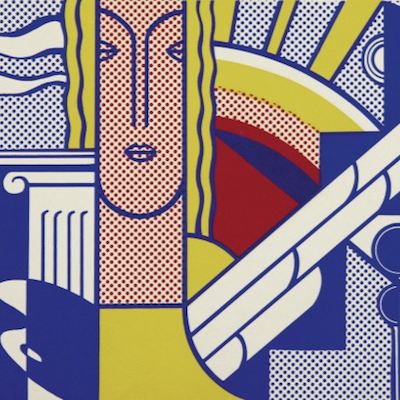
Details
Artist
Styles
// Attila by Victor Vasarely is a limited edition screen-print from 1990, showcasing his signature style of geometric abstraction and optical art. The composition is structured with overlapping shapes and vibrant horizontal stripes in red, green, and blue, contrasting sharply against a grayscale background. The interplay of color and form creates an illusion of depth and movement, drawing the viewer’s eye into a complex, layered arrangement that feels both rhythmic and dynamic. Vasarely, often regarded as the father of Op Art, used precise geometry and color to challenge perception, inviting viewers to experience the sensation of shifting dimensions within a flat surface.
Attila, 1990
form
Medium
Size
104 x 76 cm
- Inches
- Centimeters
Edition
Price
- USD
- EUR
- GBP
Details
Artist
Styles
// Attila by Victor Vasarely is a limited edition screen-print from 1990, showcasing his signature style of geometric abstraction and optical art. The composition is structured with overlapping shapes and vibrant horizontal stripes in red, green, and blue, contrasting sharply against a grayscale background. The interplay of color and form creates an illusion of depth and movement, drawing the viewer’s eye into a complex, layered arrangement that feels both rhythmic and dynamic. Vasarely, often regarded as the father of Op Art, used precise geometry and color to challenge perception, inviting viewers to experience the sensation of shifting dimensions within a flat surface.
- Recently Added
- Price (low-high )
- Price (high-low )
- Year (low-high )
- Year (high-low )
What is late modernism?
Late Modernism refers to the continuation and evolution of Modernist principles in art, architecture, and literature from the mid-20th century into the late 20th century. This movement maintains a focus on form, abstraction, and the rejection of traditional styles, but it often incorporates more complexity and ambiguity compared to early Modernism. Late Modernism explores themes such as alienation, identity, and the fragmentation of reality, reflecting the social and cultural shifts of the post-war period. It is seen in the works of architects like Louis Kahn and artists like Francis Bacon, who pushed the boundaries of Modernism while responding to the changing world around them.








































































